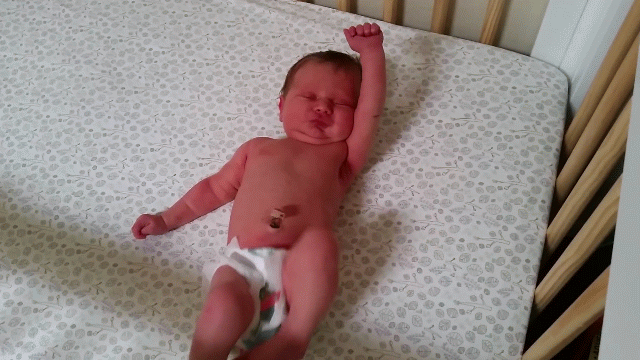Have you noticed how often a baby twitches in his or her sleep, or waves, wiggles and squirms about while awake, including tongue fasciculations? Is all this movement necessary? What can the science of sensorimotor development tell us about these phenomena? Here are 7 reasons why a newborn baby twitches and moves every little and big part of their body. Read more
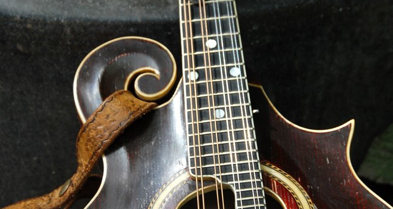
The Power of Music
Music is a profound pleasure, even for babies–why? As neurologist, Oliver Sacks, explained: “music occupies more areas of our brain than language does—humans are a musical species”! Indeed, researchers at MIT recently discovered a distinct region for music, apart from language, in the auditory processing area. Beyond the sharing of similar sound signatures that would integrate language and music processes, music perception resides alone.
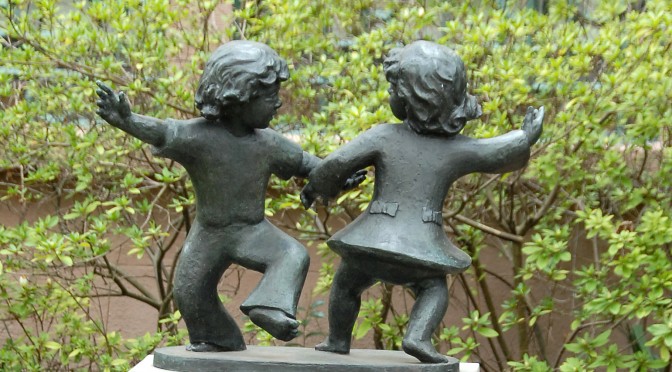
No Matter Our Age–Dance Matters
Dancing is found in every culture; it is fundamental to who we are as humans. Our instinct to sync to a musical beat begins in infancy. Babies are unable actually to tap their toes to the music, but their little brain waves sync to the beat. Dance lights up the brain as it stimulates several areas: musical, language, emotional, kinesthetic, and rational predictive. Read more
Podcast: Dancing With Your Baby author interview with Mr. Dad
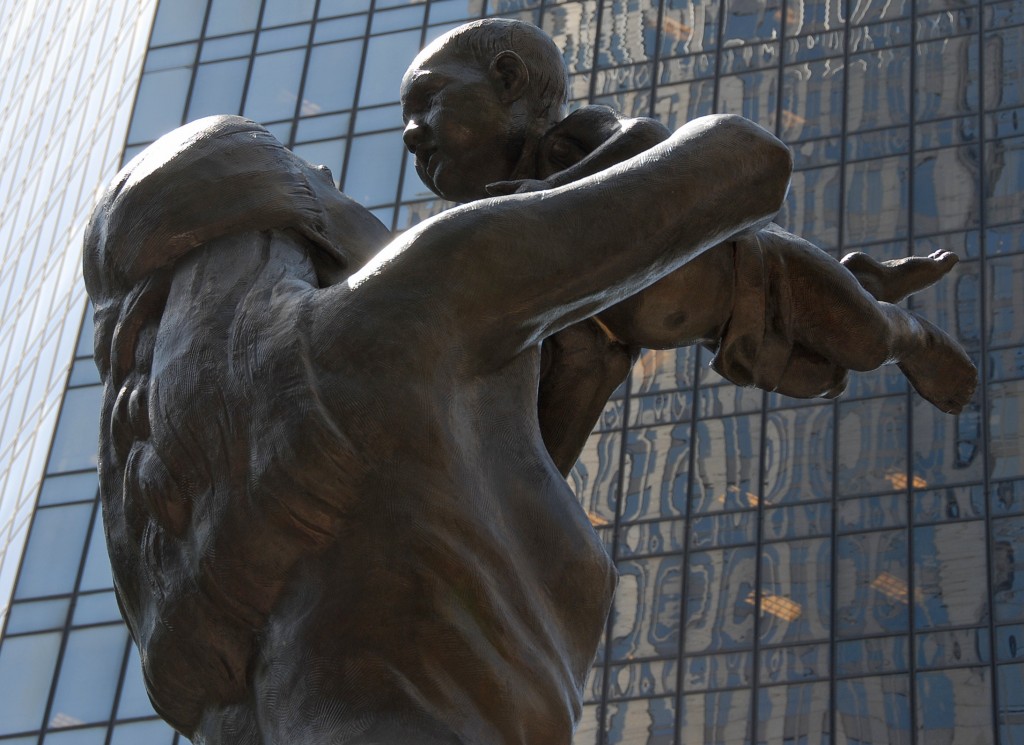
On Father’s Day 2015 I did an author interview on KOIT radio (San Francisco) with Armin Brott (aka Mr. Dad) for his “Positive Parenting” show. Listen here.
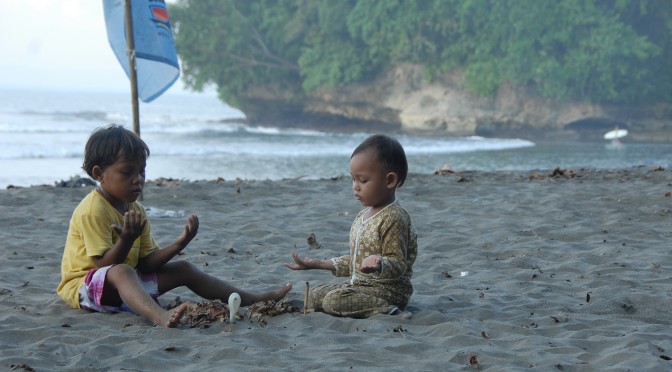
A Baby’s Posture is Key to Connecting Names & Memories to Objects
How do infants learn words for objects and how do they remember those words? Cognitive scientist, Linda Smith, of Indiana University, teamed up with a developmental psychologist and a roboticist to find the answers–they discovered that a baby’s posture and proximity to the object are critical in solving both these language acquisition problems. When a baby sees something and hears it named, their body position helps them connect these two features. Infants (and the robot) remembered the name-object even when the object was moved to a new location.
